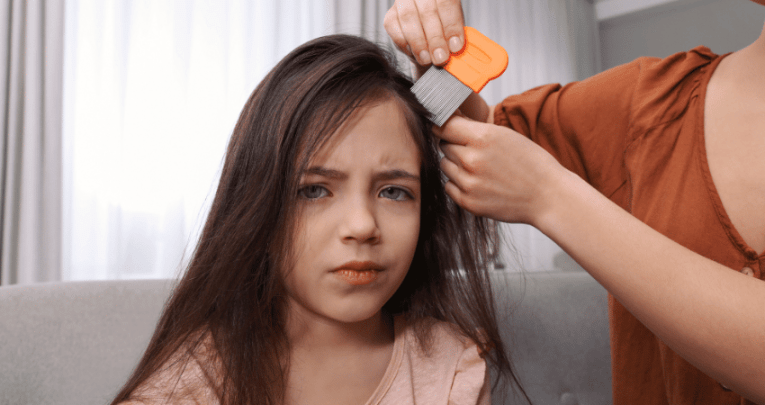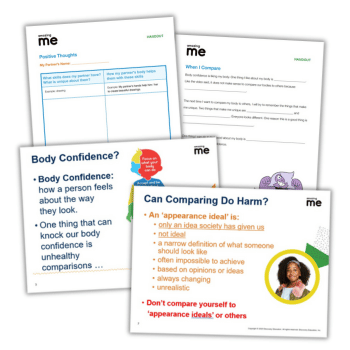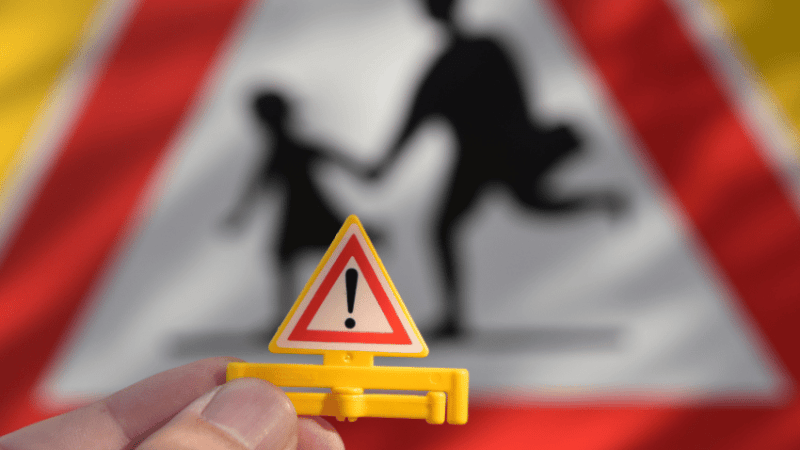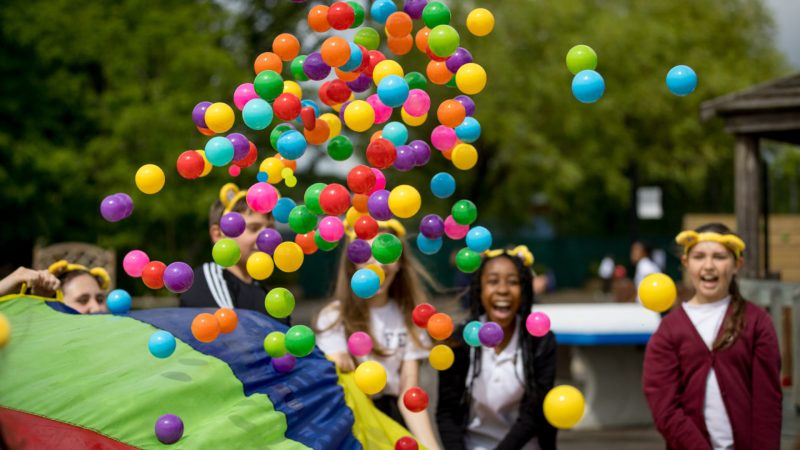Head lice in schools – How to deal with it in your classroom

Scratching your head when it comes to dealing with head lice in your classroom?
Expert Dani Knapp explains what schools can do to help minimise their spread…

Head lice are one of the most resilient parasites on the planet. Not even a global pandemic got rid of these critters. Head lice in schools is always going to be an issue, but here’s what you can do to reduce the spread…
Why are head lice so common in primary schools?
Head lice spread via head-to-head contact. This is why they are particularly prevalent in primary school-aged children.
Almost all children (and teachers) will catch head lice at some point in their primary school years. There’s absolutely nothing to be embarrassed or ashamed about.
A head louse can crawl from one head to another in under five seconds. So it’s no surprise that once one child in a classroom has head lice it spreads like wild fire.
Do they mean neglect or poor hygiene?
This is a common misconception when it comes to head lice in schools. Head lice do not have a preference for dirty hair. Absolutely anyone can catch head lice.
Another misconception is that everyone itches when they have head lice, when in fact less than 50% of people itch when head lice are present.
The itching may not occur for weeks. Therefore, most people don’t know they have head lice until an infestation has really taken root. This is why it can often go undetected.
For this reason, we should encourage parents and caregivers to do regular checks on their children.
Reducing head lice in schools
If you enforce just one rule when it comes to reducing the spread of head lice in schools, it should be this: tie hair back. By tying back loose hair it makes it much harder for head lice to migrate from one head to another.
Remember: head lice can not jump or fly. The only way they can be passed from one person to another is by crawling from one hair strand to another.
The most effective thing you can do to minimise head lice in school is to talk openly and educate parents and children about head lice.
Send regular reminders to parents and caregivers, encouraging them to check (and treat, if necessary) their children on a regular basis.
Provide information on the steps they can take to reduce the chances of children catching head lice in the first place. This is the most effective way of keeping infestations at a minimum.
Nitty Gritty is an award-winning head lice products and education company. Download a schools head lice PDF pack. It includes information sheets and an educational head lice activity sheet for children. You can also request a free award-winning Nitty Gritty head lice comb for your school.








